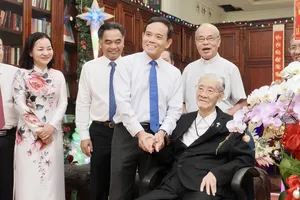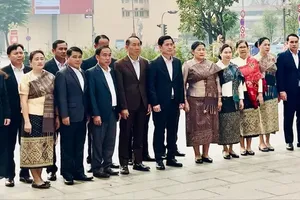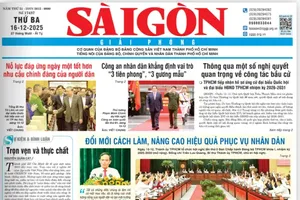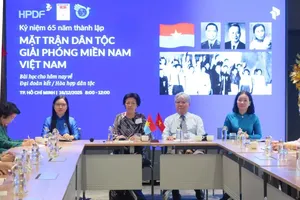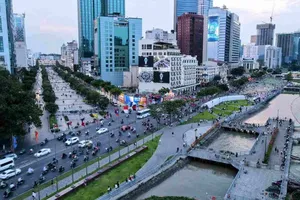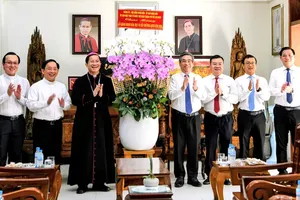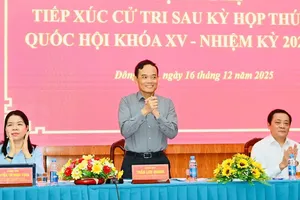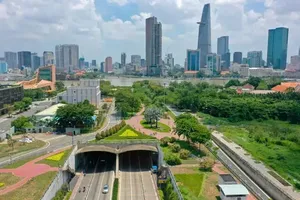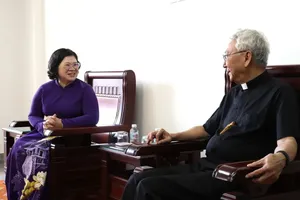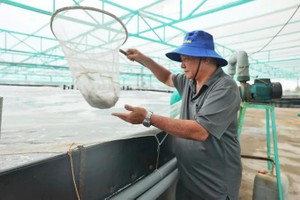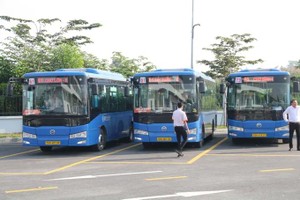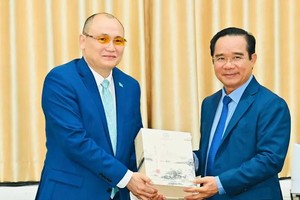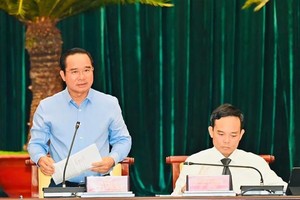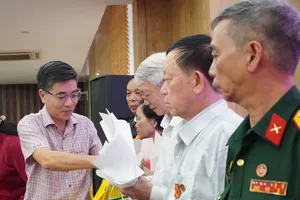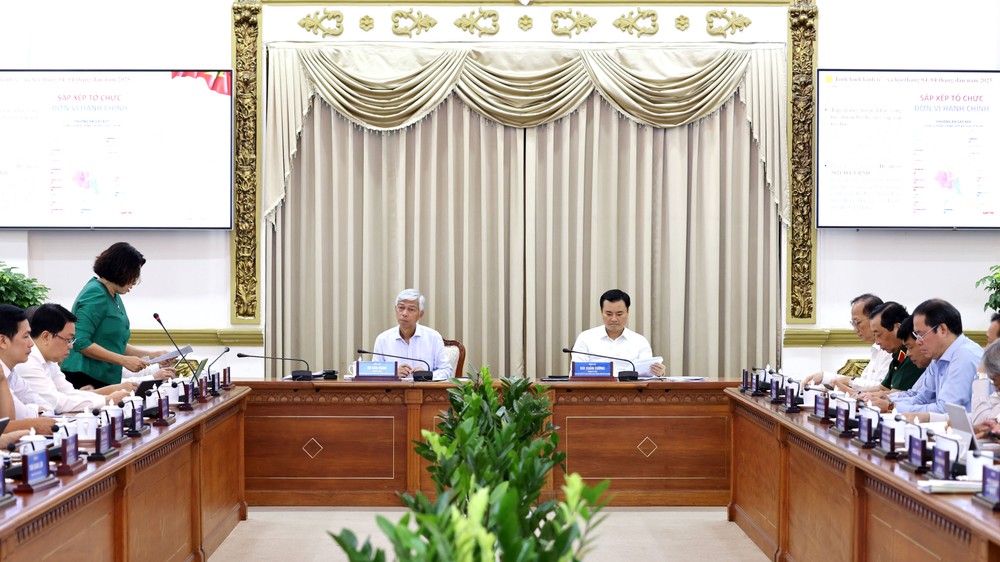
The Ho Chi Minh City People's Committee held a meeting to assess the city’s socioeconomic performance in April and the first four months of 2025, and to outline key tasks and solutions for May on the morning of May 8. The meeting was co-chaired by Vice Chairmen Vo Van Hoan and Bui Xuan Cuong.
Strong growth across multiple indicators
According to Ms. Le Thi Huynh Mai, Director of the HCMC Department of Finance, the city continued to see encouraging socio-economic progress in April and throughout the first four months of the year. Many key indicators recorded significant year-on-year growth.
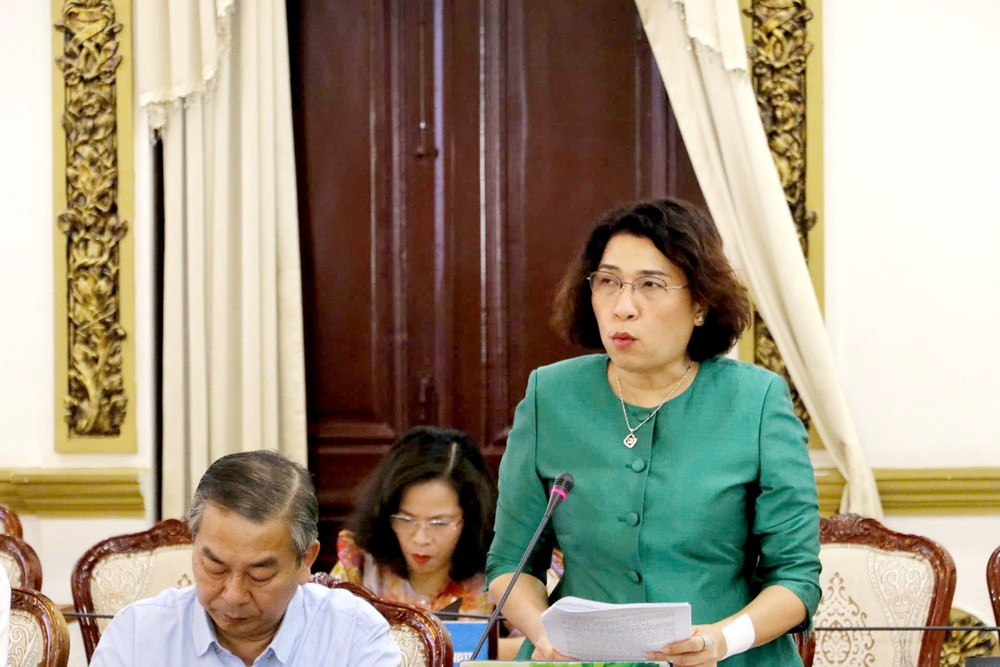
HCMC also made notable progress in public administration reform. The city’s 2024 Public Administration Reform Index (PAR Index) rose to 21st place nationally, climbing 12 notches from the previous year. This improvement reflects the city's firm commitment to administrative modernization, creating a more dynamic governance environment that fosters socioeconomic development and enhances public and business services.
The city also created or facilitated employment for 27,633 people in April, of whom 12,350 were newly employed. In the field of overseas labor, the city issued work permits to 1,720 foreign workers.
Despite these gains, several challenges remain. In the context of volatile global trade and retaliatory tax policies from the United States, local enterprises—particularly those reliant on the US export market—have faced headwinds affecting production and business planning.
Since the beginning of the year, while supplementary capital registration among existing businesses surged to over VND167 trillion (up nearly 74 percent), the number of newly established businesses declined by 34.6 percent, and newly registered capital fell by 52.3 percent. Disbursement of public investment reached only 7.2 percent of the annual target, falling short of expectations.
In response, the municipal government is rolling out a range of strategic measures to foster private sector development, implement administrative restructuring at various levels, and establish an effective two-tier local governance model.
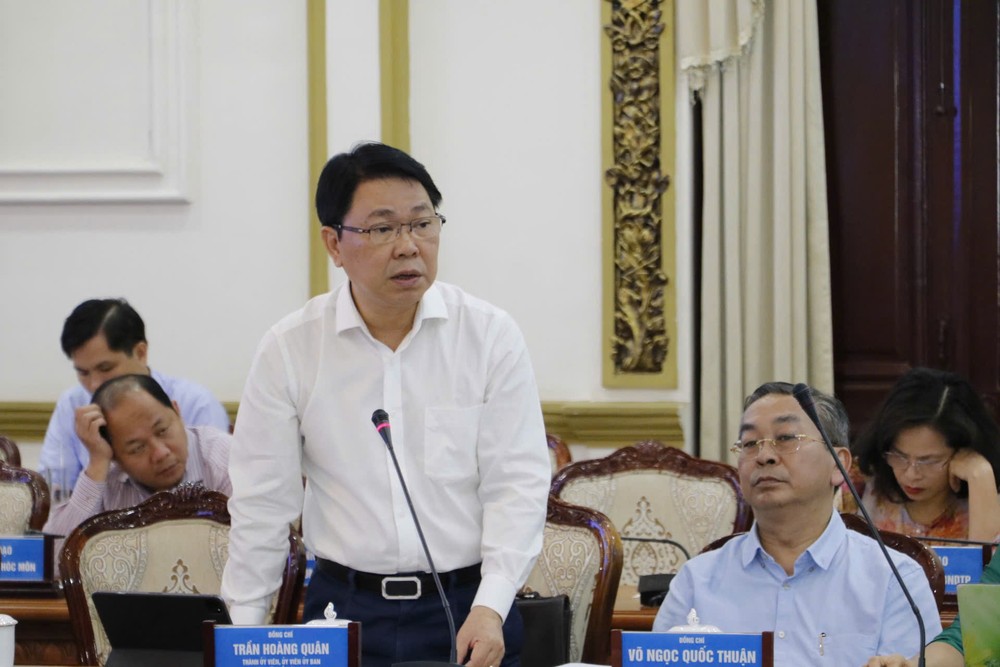
The city also prioritizes advancing measures to stimulate growth, with unwavering commitment to achieving its GRDP target for the year. In particular, efforts are concentrated on resolving bottlenecks in project implementation, expediting key developments, and accelerating the disbursement of public investment capital. Public investment is positioned as a driving force to activate and effectively leverage social resources. Additionally, the city is pushing for deeper, more substantive administrative reforms.
Private sector as a catalyst for growth
Dr. Truong Minh Huy Vu, Director of the HCMC Institute for Development Studies, noted that April's socio-economic landscape recorded numerous positive outcomes, particularly in tourism revenue—bolstered by the celebration of the 50th anniversary of the National Reunification, as well as the UN Day of Vesak 2025.
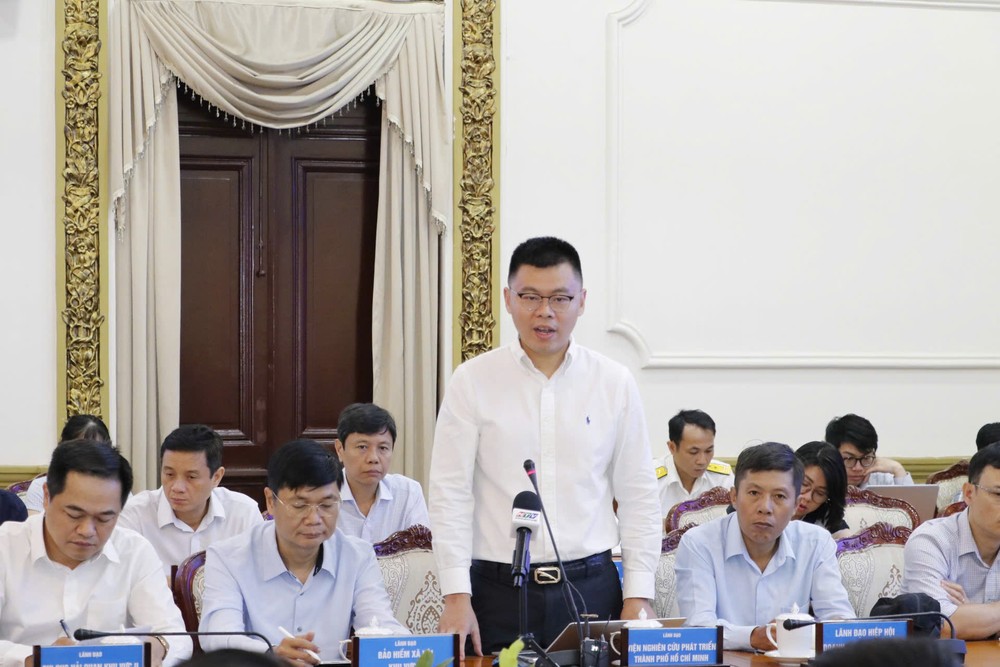
However, Dr. Truong Minh Huy Vu emphasized the need for continued in-depth analysis of key issues to accelerate the disbursement of public investment and improve the investment climate. In light of the forthcoming administrative consolidation of HCMC with Binh Duong and Ba Ria–Vung Tau provinces, the city must be well-prepared to welcome a new wave of investment and business activity. Special attention should be paid to public investment as a guiding force, alongside concrete improvements to the investment environment—particularly through the implementation of Resolution 57 of the Politburo, which calls for breakthroughs in science and technology, innovation, and national digital transformation, translating these into specific, actionable projects.
Dr. Truong Minh Huy Vu also proposed that HCMC take the lead in crafting bold programs and initiatives to develop the private sector, recognizing it as a key lever for driving the city’s economic advancement in the coming period.
In April, HCMC successfully coordinated the celebration of the 50th anniversary of the National Reunification, featuring a series of meaningful events. These efforts played a vital role in broadly conveying the enduring significance and historic magnitude of the 1975 Spring Victory, as well as the Party’s wise leadership across military, political, and diplomatic arenas. The occasion also spotlighted the country’s remarkable achievements in national development and defense—particularly HCMC’s progress in socio-economic growth, national security, and international integration over nearly 40 years of reform and five decades of construction and growth.

